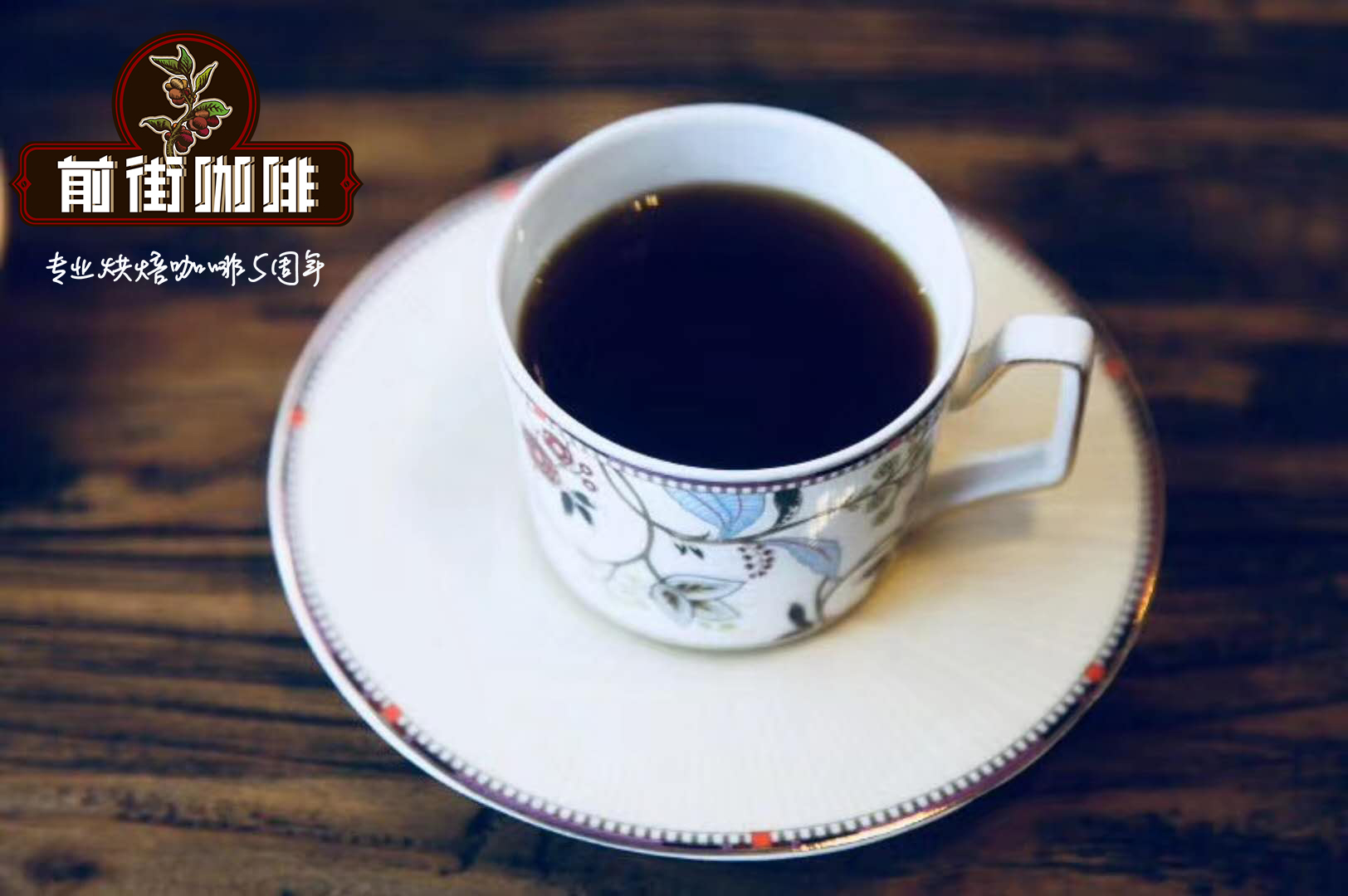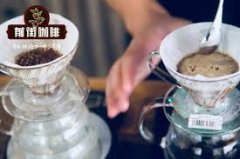What are the varieties of coffee, the introduction of common types of coffee, the types and characteristics of coffee

For information, please follow the coffee workshop (Wechat official account cafe_style)
There are more than 6000 species of coffee trees, most of which are tropical trees and shrubs.
There are four main coffee trees in the world, of which only two are of real commercial value and are planted in large quantities, and the quality of the coffee beans produced by other coffee trees is also higher than that of other coffee trees. Common coffee trees are divided into two main categories, Arabica (Arabica) and Robusta (Robusta). There are also many small species under it, so we won't say that some kind of coffee is Arabica or Robbosa beans, but with subdivided coffee beans.
Arabica Arabica
All the world's high-quality coffee comes from Arabica, accounting for about 70% of the world's coffee production. It is rich in flavor, high-quality acidity and flower fragrance, but the planting conditions are harsh, need to be planted in high-altitude areas, the growth is relatively slow, and very easy to be infected with diseases and insect pests.
Robusta Robusta
Robustadow is planted at low elevations and has no high requirements for the natural environment for growth. its yield is twice that of Arabica trees, so it is easy to grow and has strong resistance to diseases and insect pests. As the content of chlorogenic acid and trigonelline (the source of bitterness in coffee) in Robusta is twice that of Arabica, and the content of caffeine is also high, so the taste is natural and bitter, most of them will not drink alone, and it is the main raw material of instant coffee. Some Italian coffee will also be mixed with a certain proportion of robusta for better performance of espresso fat.
01 iron pickup Typica
It has been said that "tasty and noble coffee is a tin pickup", although this is an exaggeration, but the world-famous king of coffee for decades, the Blue Mountains of Jamaica, is right.
Iron pickup is one of the oldest varieties of coffee, growing at higher elevations. Over the centuries, many other varieties have been derived, including bourbon, Java, elephant beans and so on. The yield of iron pickup is small and is easily affected by leaf rust. If the delicate tin card is planted properly, it has high sweetness, pure taste and pleasant acidity.
02 bourbon Bourbon
Bourbon originates from the natural variation of the iron pickup, which produces more than the iron pickup. It is another ancient coffee variety in addition to the iron pickup. It has high quality and medium yield. similar to its father's tin card, bourbon is weak in resistance to leaf rust and is a favorite food for coffee moths because of its high sweetness. It has the highest planting rate in Brazil and is also distributed in Burundi and Rwanda. Bourbon fruit is short, round, with high pulp and seed density, and usually tastes high sweetness and bright acidity. Bourbon is divided into yellow bourbon and red bourbon, and pink bourbon varieties can also be bought on the market in recent years.
03 Ethiopian native species Heirloom
"aromas of roses, fresh strawberries, and passion fruit, pineapple and white wine."
It is used to describe the "Sakuran" who caught fire this summer. However, "Huakui" is not the name of a bean seed, its real variety is Ethiopian native species, if you see "Heirloom" on the packaging of coffee beans, it refers to Ethiopian native species. Ethiopia's Kafa forest is the gene bank of coffee and is the rich treasure of the boutique coffee world. Most of the beans in Ethiopia come from the Kafa forest. Ethiopian native bean elephants are not as good-looking as bourbon, are smaller and vary in size and particles, but the flower and fruit aromas of coffee are always amazing.
04 new world Mundo Novo
New world is a natural hybrid of red bourbon and Sumatra iron pickup, especially in places such as Brazil, accounting for 40% of the total amount of Arabica coffee grown in Brazil. New World belongs to the variety with higher yield, which is 30% higher than ordinary bourbon and 40% higher than ordinary bourbon, and has strong disease resistance. Because of the high yield per plant, the sweetness is usually low.
05 Kaddura Caturra
A single-gene variant of bourbon was found in Brazil in the 1950s. Production capacity and disease resistance are better than bourbon, and Kaddura is the most common in Central America. However, the trees are short and easy to harvest, but unfortunately, like bourbon, there are periodic problems of production capacity fluctuations every two years. Flavor and bourbon beans are comparable or slightly worse, more important is super adaptability, do not need shade trees, direct exposure to the sun can also be full of vitality, commonly known as exposed coffee (Sun Coffee). At the same time, Kaddura can adapt to high-density planting, but more fertilizer must be applied to increase the cost. In academic circles, some people call Kaddura the bourbon of dense and exposed version, which can be said to hit the nail on the head.
06 Kaduai Catuai
A hybrid from New World Mundo Novo and Kaddura Caturra.
The plant is relatively short, and the angle between the lateral branch and the main branch is small. In addition to higher yield, coffee cherries will not easily fall after ripening, strong resistance to wind and rain, is also another prominent advantage of this species. Loved by windy and rainy producing areas.
Catuai can adapt well at various elevations, and when planted above 800m, it will drink better. Fruit color is common red and yellow, also known as red red catuai and yellow yellow catuai respectively.
Catuai is widely grown in the vast areas of Central and South America, including Brazil. Kaduai also has the difference between red fruit and yellow fruit, and red fruit wins more often than yellow fruit. New World, bourbon, Kaddura and Kaduai are ranked as the four main coffee varieties in Brazil.
Important Notice :
前街咖啡 FrontStreet Coffee has moved to new addredd:
FrontStreet Coffee Address: 315,Donghua East Road,GuangZhou
Tel:020 38364473
- Prev

Qianjie Coffee's suggestion on the brewing method of geisha coffee, the floral and fruity aroma of medium-light roasted coffee
How do you show the sour aroma of medium and shallow roasted coffee: many friends want to buy it, but they are afraid of washing it out, spoiling good beans and hesitating again and again! In fact, as long as you follow a few principles, you can also get a cup of elegant geisha coffee. Attention points: (1) Water temperature control, it is recommended that 88 degrees C is 90 degrees C. generally speaking, low temperature coffee is easy to sour, but
- Next

What is caffeine? How much do you know about the effects and effects of caffeine?
Caffeine is a xanthine alkaloid compound, a central nervous system stimulant that temporarily repels drowsiness and restores energy. it is used clinically to treat neurasthenia and coma resuscitation. Caffeinated coffee, tea, soft drinks and energy drinks sell very well, so caffeine is the most common in the world.
Related
- Beginners will see the "Coffee pull flower" guide!
- What is the difference between ice blog purified milk and ordinary milk coffee?
- Why is the Philippines the largest producer of crops in Liberia?
- For coffee extraction, should the fine powder be retained?
- How does extracted espresso fill pressed powder? How much strength does it take to press the powder?
- How to make jasmine cold extract coffee? Is the jasmine + latte good?
- Will this little toy really make the coffee taste better? How does Lily Drip affect coffee extraction?
- Will the action of slapping the filter cup also affect coffee extraction?
- What's the difference between powder-to-water ratio and powder-to-liquid ratio?
- What is the Ethiopian local species? What does it have to do with Heirloom native species?

